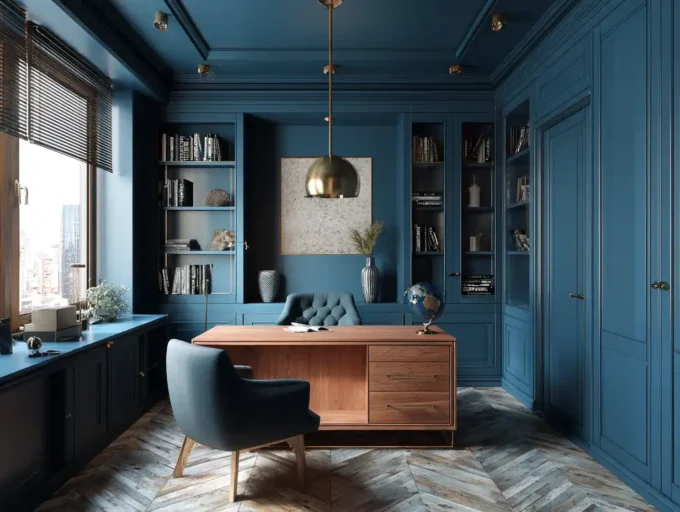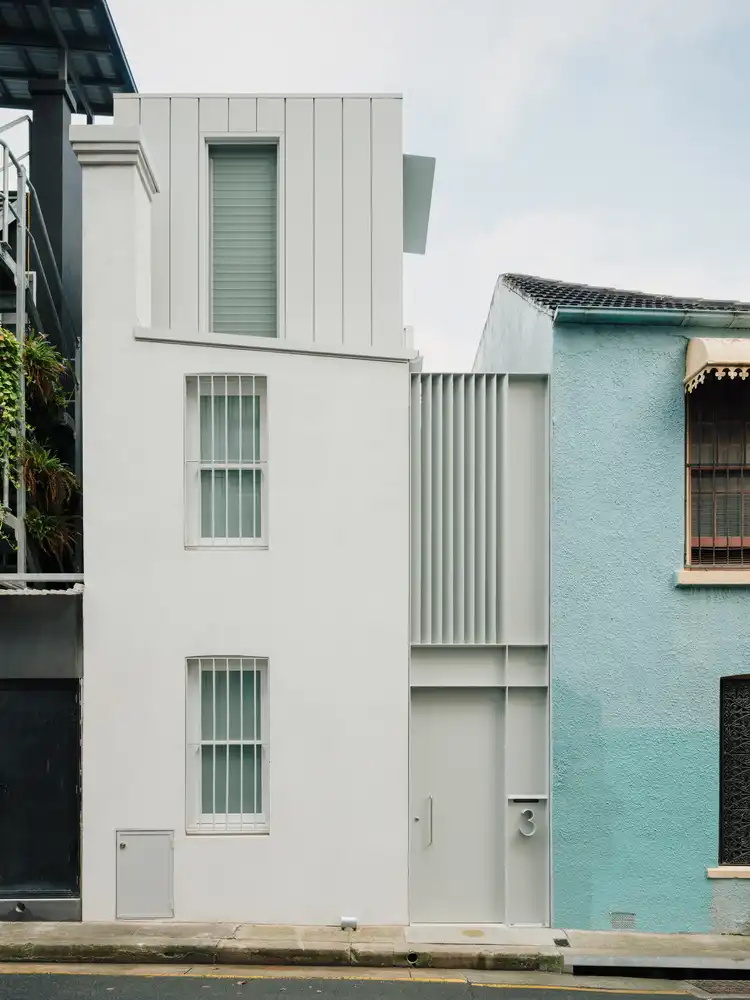There’s something special about outdoor spaces that invites us to unwind and connect with nature. Whether we have a cozy balcony or a sprawling backyard, these areas can transform into our personal retreats with a little creativity and effort. We all want to make the most of our outdoor environments, but sometimes it’s hard to know where to start.
In this article, we’ll explore practical tips to enhance our outdoor spaces. From clever landscaping ideas to stylish furniture choices, we’ll help you create an inviting atmosphere that reflects our lifestyle and taste. Let’s dive in and discover how we can turn our outdoor areas into beautiful extensions of our homes.

Understanding Your Outdoor Space
We must carefully evaluate our outdoor space to maximize its potential. By recognizing the unique qualities and challenges of our area, we can enhance its functionality and aesthetic appeal.

Assessing Your Space
We begin by measuring the dimensions of our outdoor area, noting any existing structures, plants, and features. Observing sunlight patterns helps us identify ideal spots for seating or gardening. Taking note of the climate allows us to choose suitable materials and plants that thrive in our environment. Additionally, we consider how often we use the space for different activities like entertaining, gardening, or relaxation.
Identifying Opportunities for Improvement
We should look for areas that could benefit from upgrades or adjustments. Removing clutter creates a more inviting atmosphere, while adding storage solutions, such as benches or outdoor cabinets, keeps the space organized. Introducing native plants can enhance biodiversity and reduce maintenance. Furthermore, incorporating different textures—such as gravel paths or wooden decks—brings visual interest and improves accessibility. By highlighting these opportunities, we can transform our outdoor space into a well-utilized retreat.
Design Ideas for Outdoor Areas
Outdoor areas can serve multiple purposes when designed thoughtfully. We can segment our spaces to enhance functionality and enjoyment.

Creating Functional Zones
Creating functional zones enhances usability and organization. We can define areas for dining, lounging, and gardening through careful layout planning. Here are some strategies:
- Furniture Arrangement: Group furniture to promote conversation and relaxation. Use sectional sofas for lounging and dining tables for meals.
- Pathways: Establish clear pathways with gravel, pavers, or wood chips. Pathways guide us through different zones and connect areas seamlessly.
- Lighting Solutions: Install ambient lighting, such as string lights or lanterns, to create a welcoming atmosphere. Lighting enhances safety and extends usability into the evening.
- Privacy Screens: Use trellises, privacy fences, or large planters with tall plants to create secluded spots. These screens can make intimate gatherings feel cozier.
Incorporating Natural Elements
Incorporating natural elements enriches our outdoor spaces. We can bring nature closer with various design techniques. Consider the following:
- Native Plants: Introduce native plants to support local wildlife and adapt better to our climate. These plants often require less maintenance and water.
- Water Features: Add a small pond, fountain, or birdbath to create soothing sounds and attract birds. Water features can enhance the overall ambiance of our outdoor areas.
- Natural Materials: Use wood, stone, or bamboo for furniture and decor. Natural materials harmonize with the surrounding environment and improve aesthetics.
- Greenery Variety: Include a mix of flowers, shrubs, and trees for diverse textures and colors. Layering plants creates visual interest and encourages biodiversity.
By focusing on functional zones and natural elements, we can transform our outdoor areas into inviting retreats that reflect our lifestyle and tastes.
Essential Tips for Outdoor Activities
Making the most of our outdoor spaces enhances not only aesthetics but also functionality. We can actively engage in our environment through well-planned furniture choices and effective lighting.

Choosing the Right Furniture
Selecting appropriate furniture significantly impacts our outdoor experience. Consider durable materials like teak, eucalyptus, or aluminum, known for weather resistance. Opt for multifunctional pieces such as benches with storage or tables that can expand. Prioritize comfort with cushions and ergonomic designs to encourage relaxation. Arrange seating to promote conversation, ensuring clear views of any focal points, like gardens or water features.
Adding Lighting for Ambiance
Implementing lighting transforms outdoor areas into inviting spaces after sunset. Use a combination of ambient, task, and accent lighting for versatility. String lights create a cozy atmosphere, while solar-powered garden lights enhance safety along pathways. Incorporate lanterns for a portable option, and wall sconces for built structures. Position lighting to highlight landscaping features, creating visual interest and depth. Selecting warm tones fosters a relaxing mood, making evenings spent outside more enjoyable.
Maintaining Your Outdoor Space
Maintaining our outdoor spaces is essential for enhancing their beauty and functionality. Regular care ensures that these areas remain inviting and enjoyable throughout the year.

Seasonal Care and Maintenance
Seasonal care plays a crucial role in the upkeep of outdoor spaces. We recommend a few key tasks for each season:
- Spring: Clean debris from winter, prune dead branches, and plant seasonal flowers. Test soil pH and amend it as needed for optimal plant growth.
- Summer: Water regularly to prevent dehydration, mulch garden beds to retain moisture, and monitor for pests. Fertilize plants to promote healthy growth.
- Fall: Rake leaves and compost them, prepare the garden for winter by protecting delicate plants, and store furniture to prevent damage from frost.
- Winter: Inspect outdoor fixtures, clear walkways from snow and ice, and consider winterizing irrigation systems to prevent freeze damage.
By adhering to these seasonal maintenance tasks, we can ensure our outdoor areas remain vibrant and functional.
Sustainable Practices to Consider
Embracing sustainable practices in outdoor maintenance benefits both our environment and the longevity of our space. Here are some effective strategies:
- Water Conservation: Use drip irrigation systems and collect rainwater to minimize water waste.
- Native Plants: Select native or drought-resistant plants, as they require less maintenance, water, and provide habitat for local wildlife.
- Organic Pest Control: Implement natural pest control methods, such as beneficial insects or homemade remedies, to reduce chemical use.
- Composting: Recycle organic waste through composting, enriching soil and reducing landfill waste.
Adopting these sustainable practices not only enhances the health of our outdoor areas but also contributes positively to the ecosystem.
Conclusion
Transforming our outdoor spaces into functional retreats requires careful consideration and intentional design. We understand the importance of assessing dimensions and features, as well as evaluating sunlight patterns to tailor our environments effectively.
In enhancing our outdoor areas, we prioritize clutter removal, incorporating storage solutions, and selecting native plants that promote biodiversity. Adding various textures, from soft cushions to hardscaping materials, elevates visual interest and accessibility.
Creating distinct functional zones improves usability. We strategically arrange furniture, establish clear pathways, and install ambient lighting to foster intimacy and comfort. Incorporating natural elements, like water features and local flora, enriches the environment and enhances our connection to nature.
Year-round maintenance is essential for sustaining our outdoor retreats. Seasonal tasks include cleaning debris in spring, watering and mulching in summer, raking leaves in fall, and preparing fixtures for winter. By adopting sustainable practices—such as water conservation and organic pest control—we can maintain the beauty and functionality of our spaces while benefiting the environment.
With these strategies, we cultivate outdoor areas that reflect our personal tastes and lifestyles, turning them into inviting retreats for relaxation and connection with nature.
- backyard oasis inspiration
- backyard transformation
- balcony garden ideas
- best outdoor decor tips
- creative landscaping ideas
- DIY garden projects
- eco-friendly garden solutions
- garden lighting solutions
- garden privacy solutions
- garden retreat ideas
- landscape design tips
- modern patio furniture
- outdoor living ideas
- outdoor space design
- outdoor space renovation
- patio makeover ideas
- seasonal outdoor maintenance
- small garden design tips
- urban outdoor retreat
- water feature design tips















Leave a comment